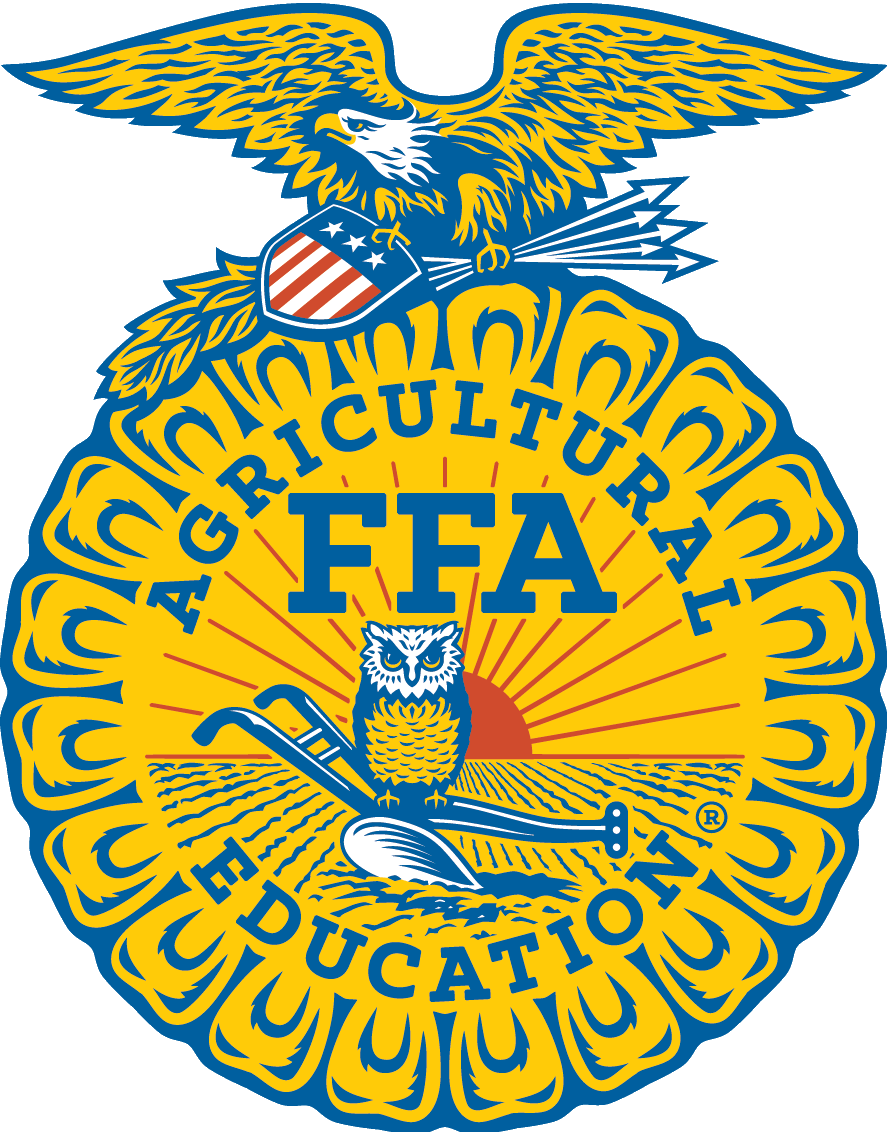AGRISCIENCE FAIR
The FFA Agriscience Fair recognizes student researchers studying the application of agricultural scientific principles and emerging technologies in agricultural enterprises.
Agriscience Fair Registration (due May 5)
Abstracts - email to: agriscience@ndffa.org (due May 15)
Deadline for Board Printing: May 21st. Email a PDF to nfideldy-doll@nd.gov
OVERVIEW
The agriscience fair is for middle and high school students. Participation begins at the local level and progresses to state and national levels.
To qualify for the national agriscience fair students must:
-
Be in grades 7 - 12.
-
Conduct a scientific research project pertaining to the agriculture and food science industries and present their findings to a panel of judges with a display and a report.
-
Be selected as the state winner at their state agriscience fair.
-
Be selected as one of the top 12 in their respective category and division.
AGRISCIENCE FAIR CATEGORIES AND DIVISIONS
Students can compete in the national agriscience fair as an individual or with a team.
-
Division 1 – individual member in grades 7 and 8
-
Division 2 – team of two members in grades 7 and 8
-
Division 3 – individual member in grades 9 and 10
-
Division 4 – team of two members in grades 9 and 10
-
Division 5 – individual member in grades 11 and 12
-
Division 6 – team of two members in grades 11 and 12
AGRISCIENCE FAIR CATEGORIES
Students can compete in the national agriscience fair in one of six categories:
ANIMAL SCIENCE
The study of animal systems, including life processes, health, nutrition, genetics, management and processing, through the study of small animals, aquaculture, livestock, dairy, horses and/or poultry.
Project examples:
-
Compare nutrient levels on animal growth
-
Research new disease control mechanisms
-
Effects of estrous synchronization on ovulation
-
Compare effects of thawing temperatures on livestock semen
-
Effects of growth hormone on meat/milk production
ENVIRONMENTAL SERVICE/NATURAL RESOURCE SYSTEMS
-
Environmental Service Systems: The study of systems, instruments and technology used to monitor and minimize the impact of human activity on environmental systems.
-
Natural Resource Systems: The study of the management, protection, enhancement and improvement of soil, water, wildlife, forests and air as natural resources.
Project examples:
-
Effect of agricultural chemicals on water quality
-
Effects of cropping practices on wildlife populations
-
Compare water movements through different soil types
FOOD PRODUCTS AND PROCESSING SYSTEMS
The study of product development, quality assurance, food safety, production, regulation and compliance and food service within the food science industry.
Project examples:
-
Effects of packaging techniques on food spoilage rates
-
Resistance of organic fruits to common diseases
-
Determining chemical energy stored in foods
-
Control of molds on bakery products
-
Effects of the amount of sucrose used in baked goods
-
Use of a triangle test in sensory science
PLANT SYSTEMS
The study of plant life cycles, classifications, functions, structures, reproduction, media and nutrients, as well as growth and cultural practices, through the study of crops, turf grass, trees and shrubs and/or ornamental plants.
Project examples:
-
Determine rates of transpiration in plants
-
Effects of heavy metals such as cadmium on edible plants
-
Compare GMO and conventional seed/plant growth under various conditions
-
Effects of lunar climate and soil condition on plant growth
-
Compare plant growth of hydroponics and conventional methods
POWER, STRUCTURAL AND TECHNICAL (PST)
The study of agricultural equipment, power systems, alternative fuel sources and precision technology, as well as woodworking, metalworking, welding and project planning for agricultural structures.
Examples:
-
Compare the energy output of alternative fuel sources to traditional forms
-
Create minimum energy use structures
-
Compare properties of various alternative insulation products
-
Examining the efficiency, the configurations of ventilation systems in a swine facility
SOCIAL SCIENCE (SS)
The study of agricultural areas including agricultural education, agribusiness, agricultural communication, agricultural leadership and sales in agriculture, food and natural resources
Examples:
-
Investigate perceptions of community members toward alternative agricultural practices
-
Determine the impact of local/state/national safety programs upon accident rates in agricultural/natural resource occupations
-
Comparison of profitability of various agricultural/natural resource practices
-
Investigate the impact of significant historical figures on a local community
-
Determine the economic effects of local/state/national legislation impacting agricultural/natural resources
-
Consumer confidence and understanding of food labels
-
Economic effect of employment rate and meat consumption
WRITTEN REPORTS

